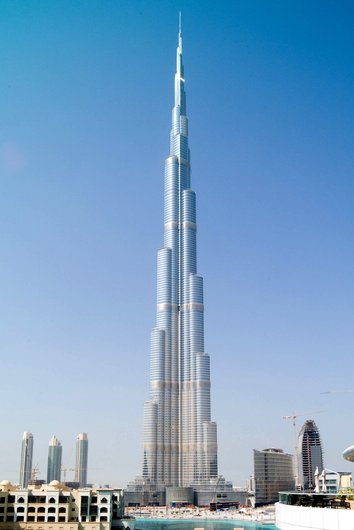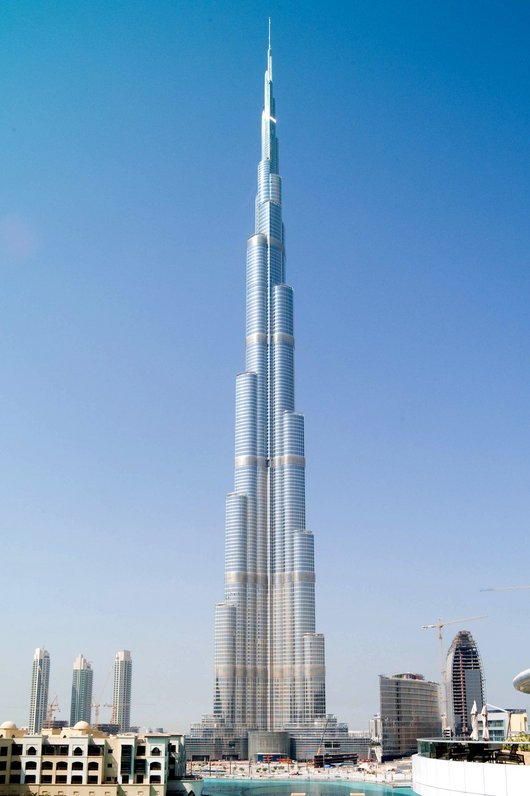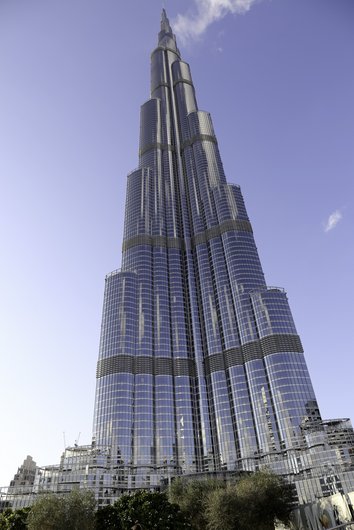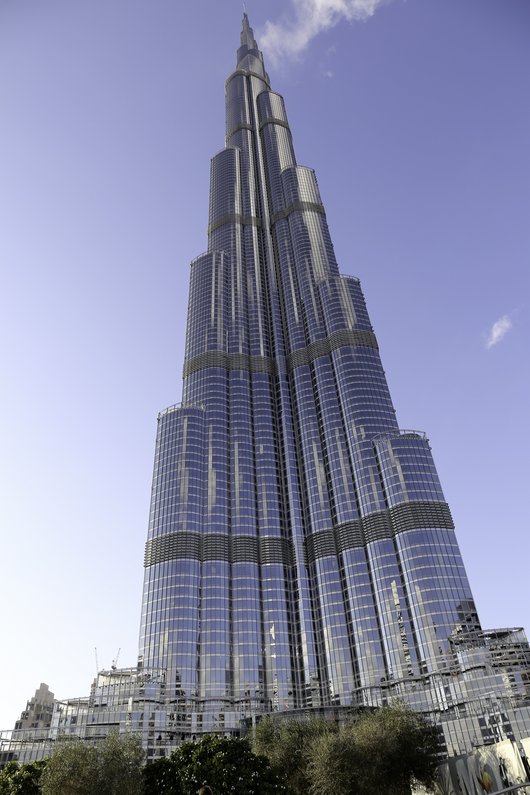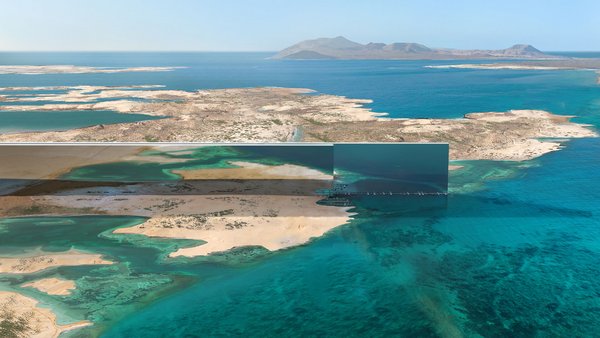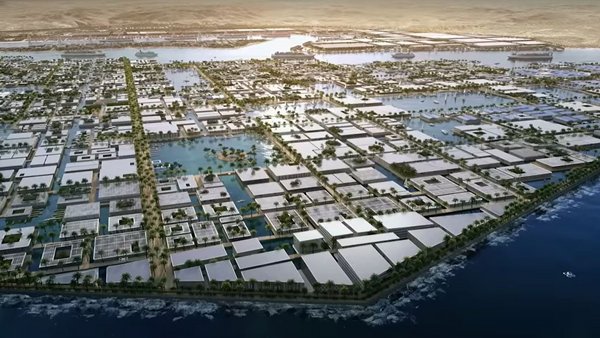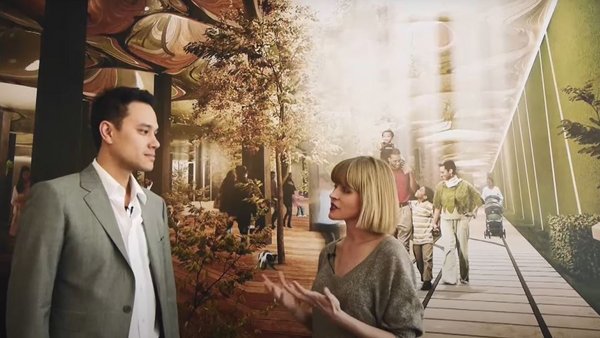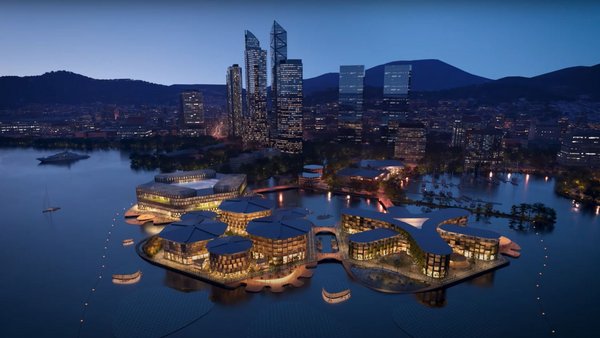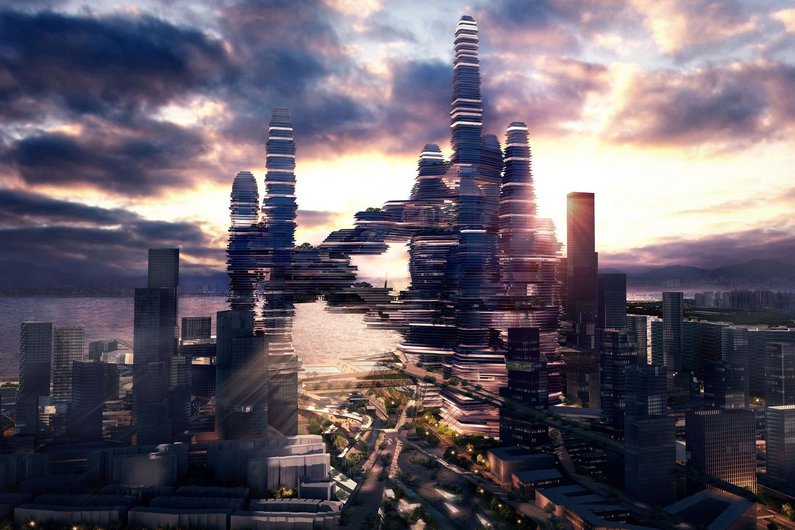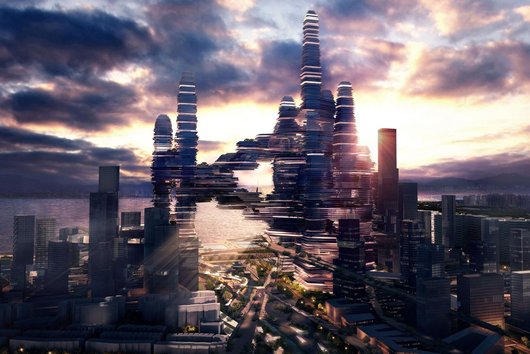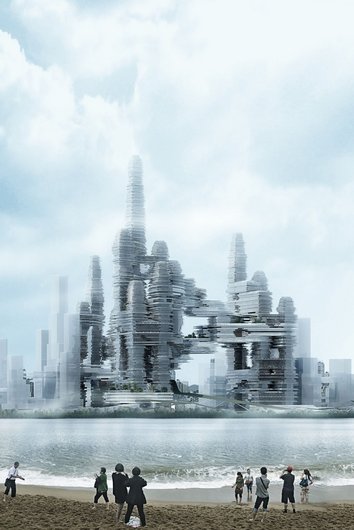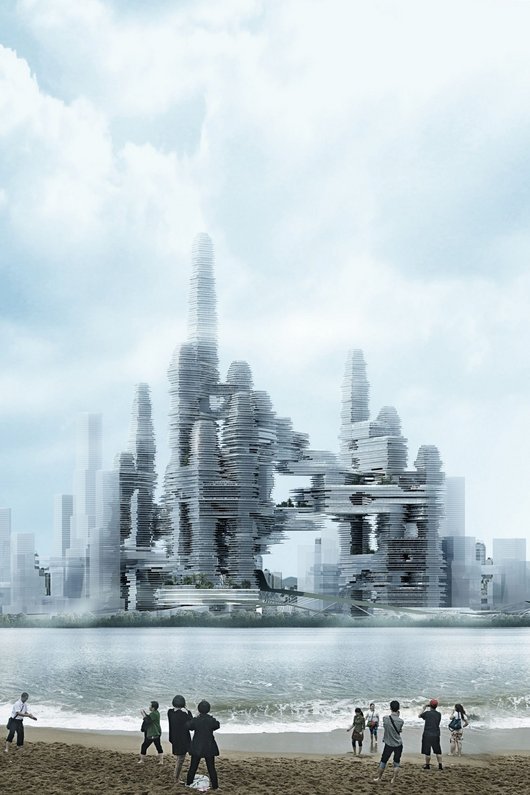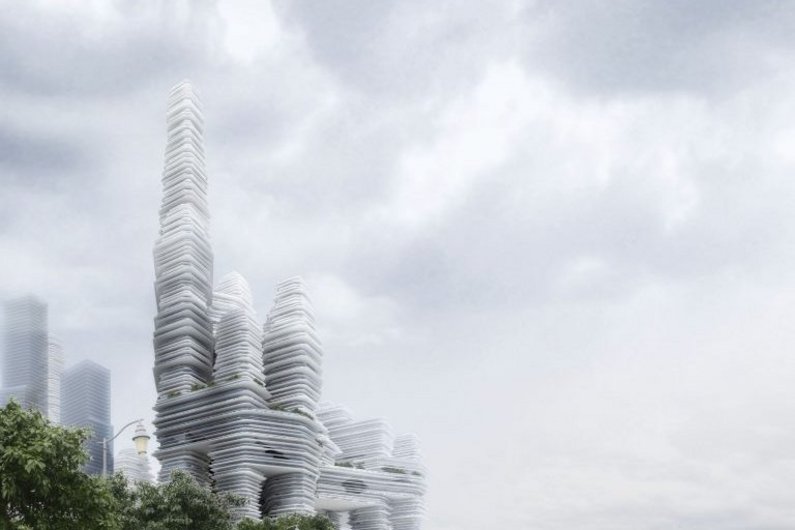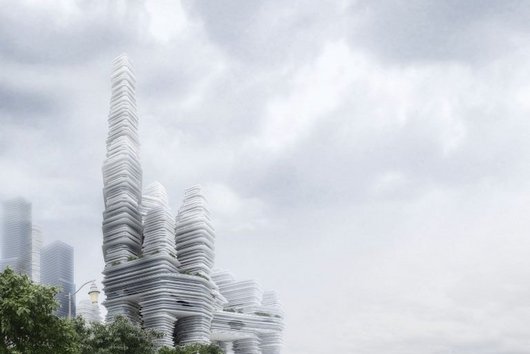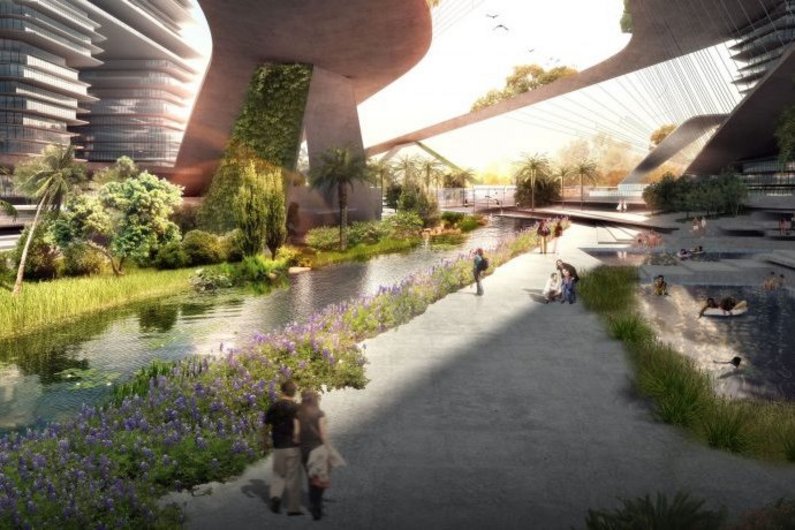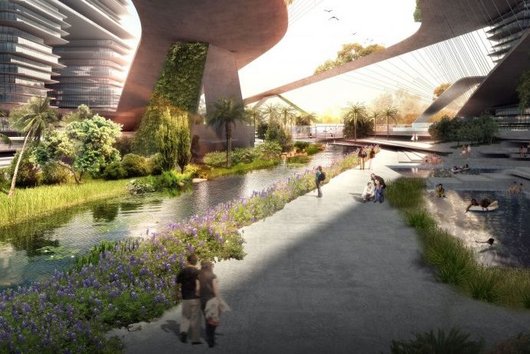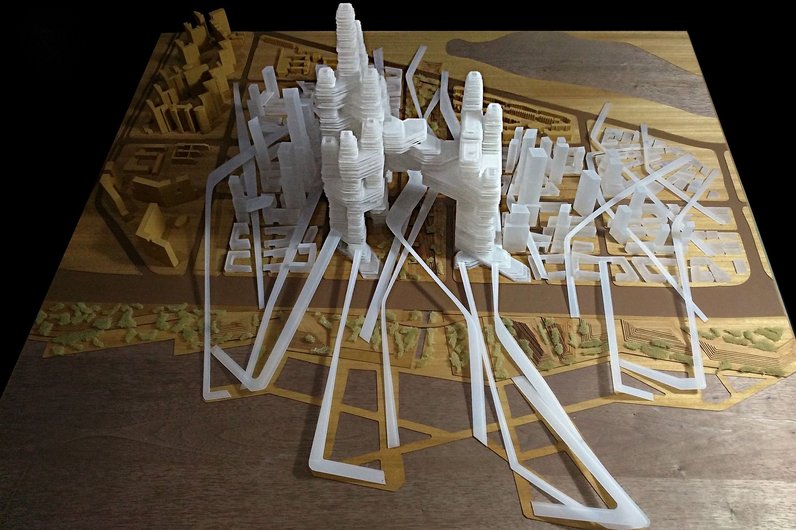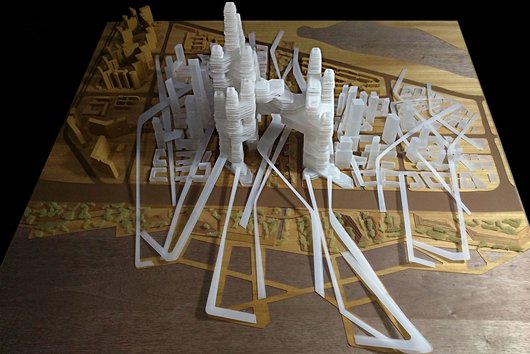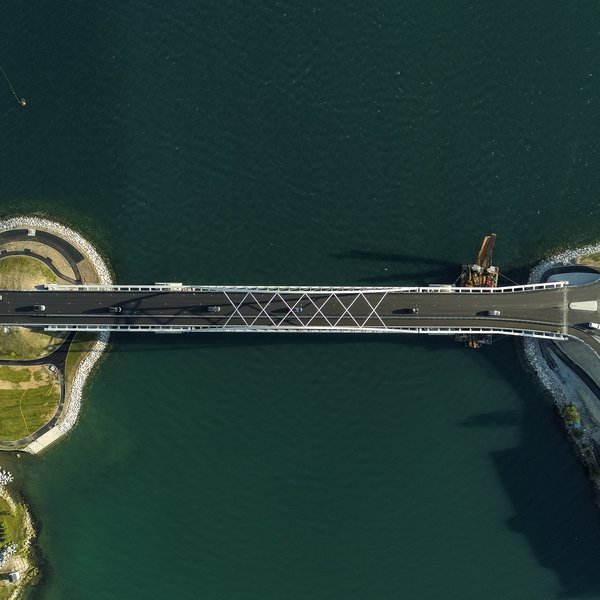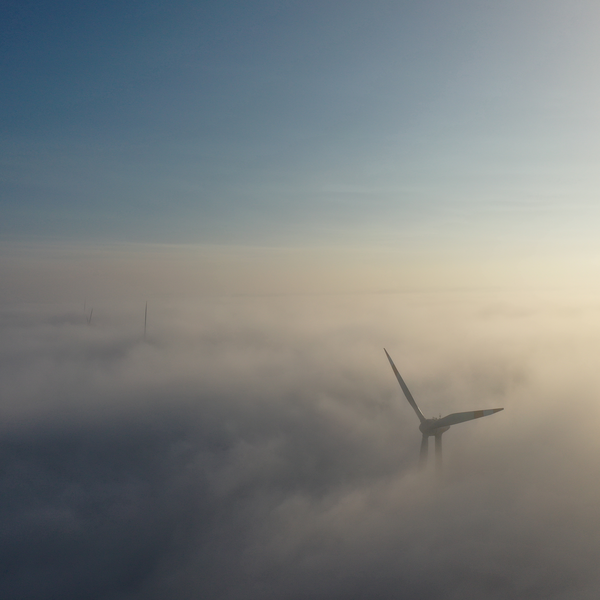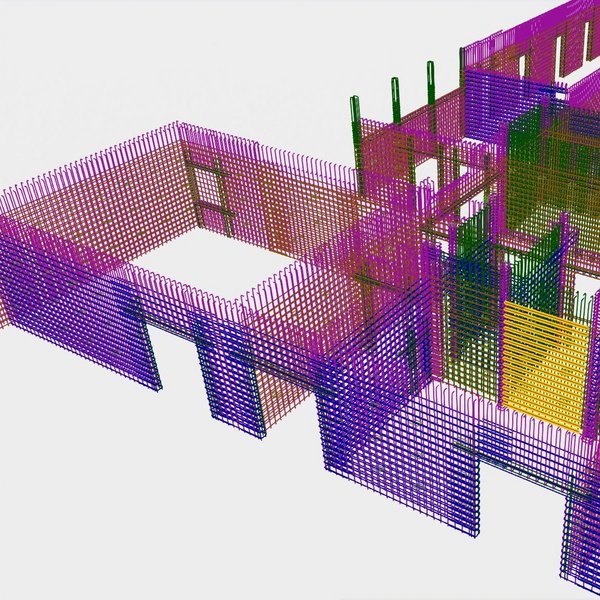
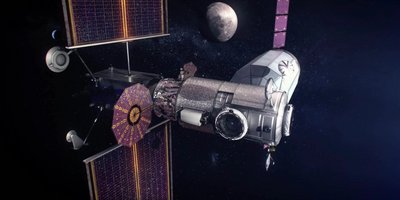
Top 10: Building projects of superlatives
The tallest building in the world already completed is the Burj Khalifa in Dubai. The skyscraper measures 828 m in height. The tower was opened back in 2010 and has been a tourist magnet and landmark ever since. Only one project has already been started that is to surpass the Burj Khalifa: the Jeddah Tower in the port city of the same name in Saudi Arabia. At 1007 m, it would be the first skyscraper in the world to crack the kilometre mark. However, construction work was halted in 2018 at a height of around 260 m - probably for financial reasons. It is not known if or when work will resume. So for the time being, the Burj Khalifa is and will remain the tallest of the tall.
9. The Longest
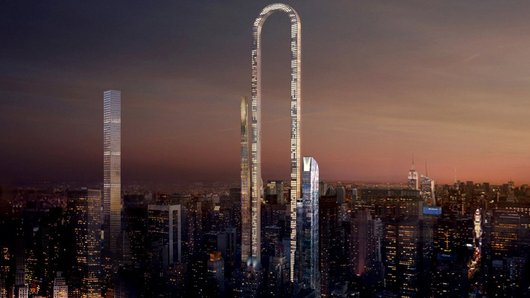

This futuristic skyscraper is U-shaped and is set to become the longest building in the world, if it is ever built: The Big Bend is a design for Billionaires' Row in Midtown Manhattan. It was designed in 2017 by the New York architecture firm Oiio Studio. With a height of 610 m, it would also be the tallest building in the Western Hemisphere. The planned length of the façade is a whopping 1,220 m, bending over its neighbouring buildings and taking the form of a U-hook. At present, however, The Big Bend is no more than a proposal. A concrete start of construction or financiers are not known.
8. The most Natural
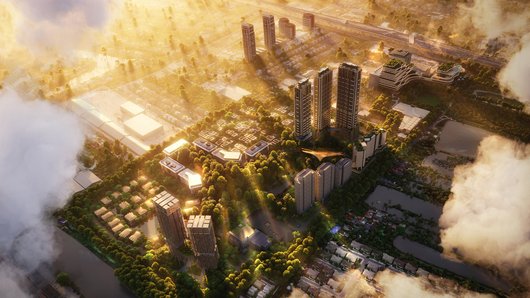

As one of the largest urban agroforestry projects in the world, Bangkok is planning The Forestias - a new sustainable urban neighbourhood. The development will combine housing, commercial space, community gardens and green spaces. As an enchanted district in the forest, nature, animals and people will live in harmony. The new district covers an area of around 64 ha. The project is expected to cost about EUR 3.7 billion. The centrepiece will be a 48,000 m² urban forest connecting all facilities on the site. A pavilion as a central meeting point was designed by Foster + Partners. The whole project is to be completed by 2025.
7. The most Innovative
We have already reported on The Line here. Nevertheless, the project should not be missing from our Top 10. It is a city that is currently being built in the northwest of Saudi Arabia. The master plan is definitely the most innovative concept for a city from the drawing board that is currently being realised. People will move seamlessly in the city of short distances in three dimensions: upwards, downwards or horizontally. With this reimagined, compact arrangement of usable space, 95 % of the natural environment will remain untouched, according to the development team. The master plan has already caused quite a stir under the title Zero Gravity Urbanism. The Line is scheduled for completion by 2030.
6. The most Ambitious
And it goes on: The Line will be the capital of what is probably the most ambitious construction project of the present day. NEOM is a settlement project of the Kingdom of Saudi Arabia in the northwest of Tabuk Province. It is to become a centre for innovation, technology and sustainability. Where there is desert today, a whole new region is currently being created that will be completely powered by renewable energy. 600 km of water pipes alone have to be laid. After all, at 26,500 square metres, the area is about the same size as Albania. NEOM consists of several quarters, including a floating industrial complex, a global trade hub and various tourist resorts. The first phase of construction is expected to be completed as early as 2025. The whole project is to be completely finalised by 2039. The developers talk about NEOM's capital as a "place of unprecedented social and economic experimentation - without pollution and traffic accidents (...)". Coupled with "world-class preventive healthcare", they even expect that "people will live longer.”
5. The most Expensive
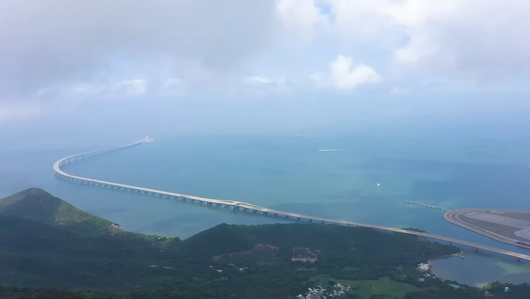

The most expensive project of the present and modern age is literally extraterrestrial: the International Space Station ISS, which has been under construction since 1998 and is constantly being expanded, has already swallowed up an estimated total cost of USD 150 bn. In contrast, the second and third most expensive construction projects of our time are almost manageable: the cost of the aforementioned Jeddah Tower in Saudi Arabia is estimated at around USD 20 bn when completed. The Hong Kong-Zhuhai-Macau Bridge, a 55 km long - partly tunneled - connection between the three cities, is said to have cost around USD 18.8 bn.
4. The most Distant
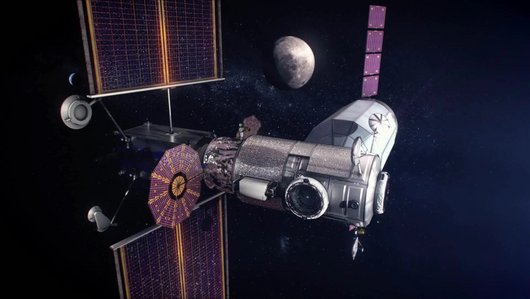

And yet another extraterrestrial project makes it onto our list of the most extraordinary construction projects of the present day: the Lunar Gateway. The space station is supposed to orbit around the moon and serve as a communication centre, science laboratory, living module and intermediate station for astronauts and robots. The space station's propulsion system has passed the first of many ground tests. The habitation module is currently being developed by NASA and Northrop Grumman. The other elements are still in the planning or development phase. By 2025, the first two modules should be stationed in space.
3. The Lowest
In response to the success of the High Line in Manhattan, the idea of The Lowline was born - the world's first underground park; underground in New York City. Using innovative solar technology, the historic Williamsburg Bridge Trolley Terminal, unused and abandoned since 1948, was to be transformed into an underground green oasis for recreation and cultural attractions. The Lowline was unveiled in 2012. However, the city council halted the project in 2019 as it did not grant permission for it. However, as an inspiration for future projects, The Lowline will definitely still contribute. The underground city RÉSO in Montréal, Canada, shows how space in the depths can be used for the public. A 32 km long tunnel system under Montréal's city centre houses shopping malls, event venues and food courts. Another practical example is the historic underground city of Naours in France. The complex lies up to 30 m in depth, is 2 km long and includes 28 corridors with 300 rooms. In comparison, The Lowline, which would be at a depth of around 6 m, is downright superficial.
2. The most Flexible
Rising sea levels are becoming dangerous for many cities and settlements, as they are in danger of sinking. The solution: floating cities around the world, like the Oceanix City project by Oceanix and BIG-Bjarke Ingels Group. Already built, for example, is the Waterbuurt project in Amsterdam, a floating settlement with 100 houses on a small lake in the east of the city. The Minke Van Wingerden project in Rotterdam is also already a reality: a floating farm that always adjusts to sea level.
The Cloud Citizen is a visionary concept for urban megastructures that appear to float in the atmosphere as autonomous cities. Skyscrapers, green spaces and infrastructure are interconnected at different heights in the vertical city. The idea was submitted to an international competition for the design of the financial centre of Shenzhen in China, which was decided in 2019. Three main steel, concrete and glass towers, each 680m high, would be connected by bridges and platforms at different levels. A modular design of the buildings would allow them to be expanded or deconstructed as needed. Energy efficiency, resource conservation and the use of renewable energy sources are naturally planned into the concept. The Cloud Citizen is - currently - not a real project, but a visionary idea that wants to explore the limits of architecture and urban planning.

